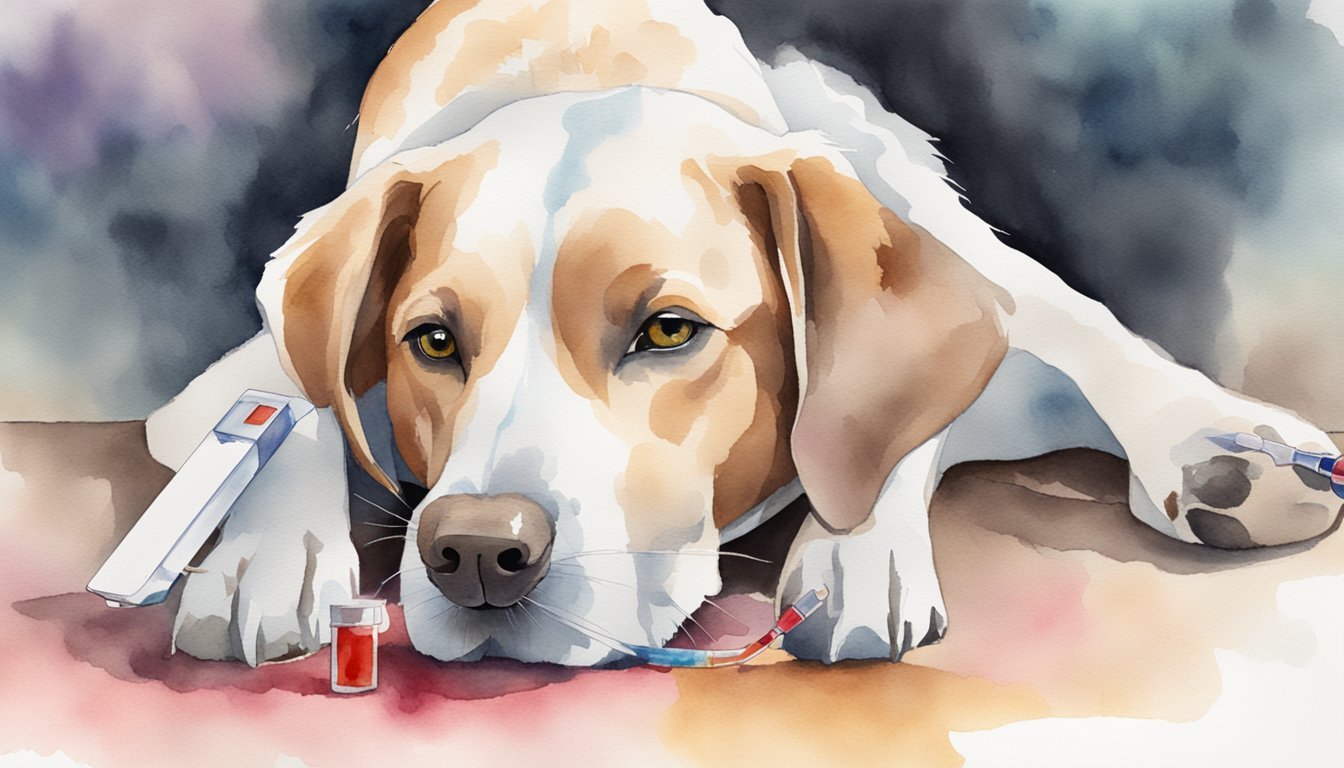Canine Cancer Detection
Dogs have a remarkable ability to detect cancer through scent, a skill that is being harnessed through training and advancing research. Their exceptional sense of smell enables them to identify the unique odors, or volatile organic compounds, emitted by cancerous cells.
Basics of Canine Olfaction
Dogs’ incredible sense of smell is estimated to be up to 100,000 times more acute than humans’. The secret lies within their noses, hosting over 220 million smell receptors compared to a human’s five million. This biological advantage allows dogs to detect volatile organic compounds (VOCs) that are unique to cancerous cells. These odors are present in various bodily substances, such as skin, breath, and urine.
Training for Cancer Detection
The process of training dogs to detect cancer involves conditioning them to identify the specific scent signature associated with the disease. Rigorous and repetitive exercises guide dogs to recognize the odor, pinpoint its source, and alert human handlers to a possible diagnosis. Dogs receive rewards for correct identification, reinforcing their ability to sniff out cancer among other scents.
Research in Canine Cancer Detection
Research in canine cancer detection continues to uncover the potential of dogs in medical diagnostics. Studies have shown dogs can identify cancer with remarkable accuracy, such as detecting breast cancer from urine samples. Researchers are now looking at ways to refine canine training techniques and better understand the mechanisms behind dogs’ detection abilities, aiming to augment science’s capabilities to diagnose and understand various medical conditions.
Types and Techniques of Cancer Detection

This section explores the innovative methods and challenges in the realm of cancer detection, focusing on the capabilities of medical detection dogs and other noninvasive techniques.
Detection Through Biological Samples
Medical detection dogs have demonstrated their potential in identifying various types of cancer through scent. Utilizing their advanced olfactory receptors, these dogs can discern unique odor signatures associated with different cancers in breath, urine, blood samples, and even feces. Studies have shown that some dogs can detect forms of cancer like breast cancer, lung cancer, ovarian cancer, colorectal cancer, and prostate cancer with surprising accuracy. The process is noninvasive, which could offer a comfortable alternative for early screening in patients.
Accuracy and Challenges
While the idea is promising, the use of dogs for cancer detection is not without its hurdles. The accuracy of detection can be influenced by numerous factors, including the dog’s training, the concentration of cancer markers, and the presence of other scents. Moreover, even when dogs correctly identify a cancerous sample, they are limited in their ability to convey specific information about their discovery beyond their trained behavior responses such as sitting, staring, or barking. Trusting the detection skills of dogs still requires further validation before they can reliably serve as a widespread screening tool in oncology.
Future of Medical Detection Dogs
The future looks hopeful for the roles dogs could play in medical diagnostics. Research programs, such as those conducted by the University of California and the Penn Vet Working Dog Center at the University of Pennsylvania, are continually exploring the extent of dogs’ abilities to detect various cancers. In parallel, advancements in technology like electronic noses, inspired by the biological mechanisms of scent detection, are using nanotechnology to replicate and potentially surpass the keen sense of smell dogs possess. These devices aim to detect minute concentrations of volatile organic compounds associated with cancer, offering a persistent and noninvasive screening tool that could one day complement or even replace the need for medical detection dogs.

